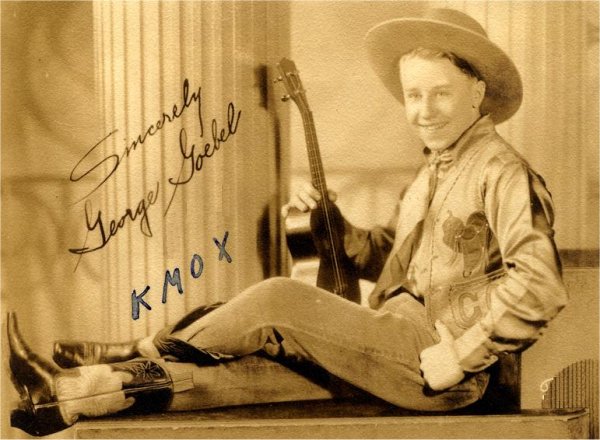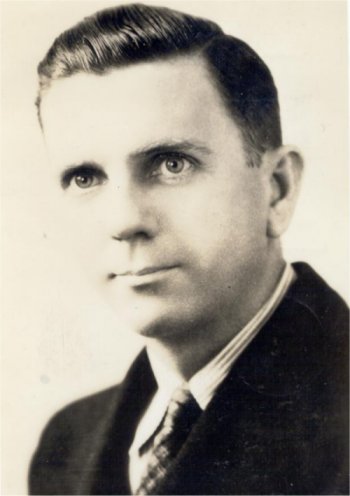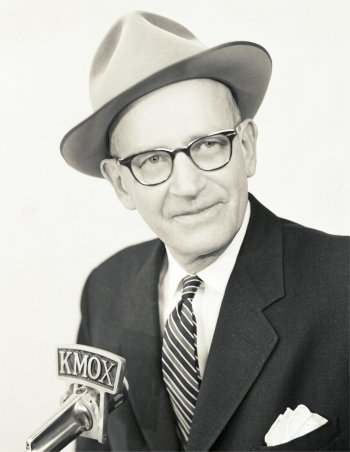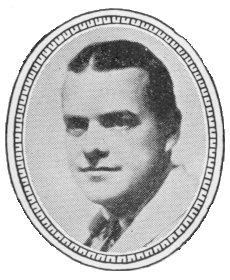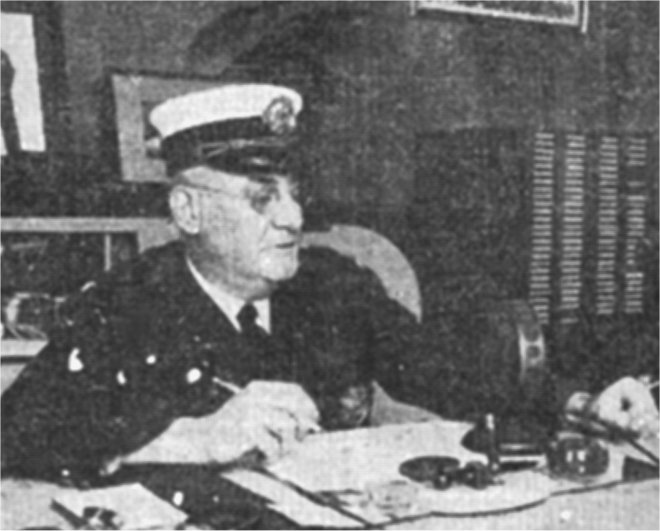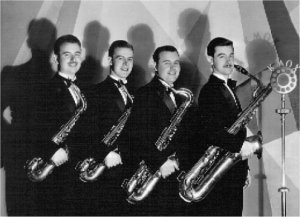Radio Articles
E.B Is Disc Jockey Of The Month
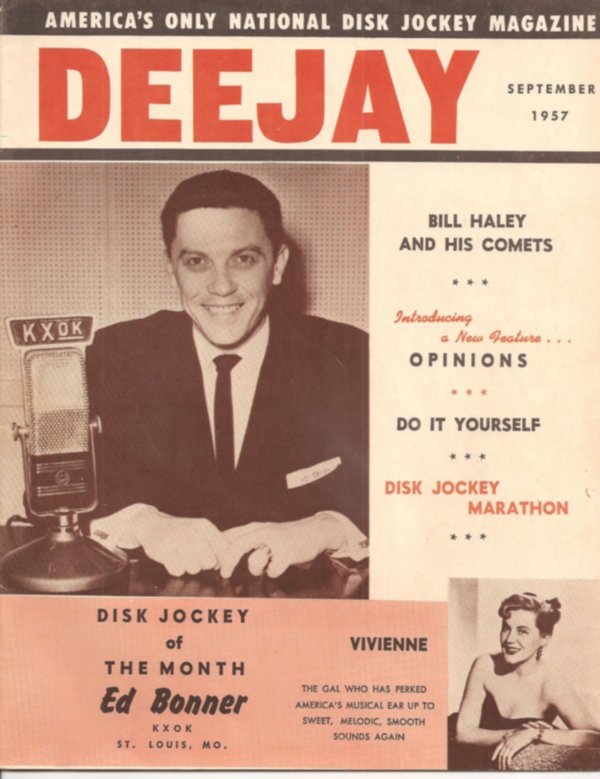
Between the hours of 3 and 7 p.m. and again between 10 and 11 p.m., Ed Bonner’s voice reaches out to five million people in seven states. To say the least, he’s very grateful for their loyalty and for the confidence that his listeners have placed in him.
States Ed in his own words: – “Having gained their confidence they are not afraid to speak their minds to me, telling me what they like or dislike, telling me what they would like to hear and that which they do not like. I have always tried to program with one thing in my mind. Give the listeners the music they like without getting on their nerves. Now you may say, what about the sponsors? I believe that the sponsor is interested in reaching a contented audience, an audience receptive to his message. Thus his message, like the music, should not get on the listeners’ nerves. I think that I have found a middle of the road, where the two parties concerned are happy. The reason I think that way is that I am booked solid commercially and that my listening audience is still growing!”
DJ’s Responsibilities
And Ed Bonner has much more to say: – “But there is much more to it than that. A disc jockey as well as a radio station has community responsibilities and those that neglect that responsibility are failing their job. A DJ who believes his job is finished as soon as he gets off the air is missing the boat. He must remember that his audience, at one time or another, would like to meet him, talk with him and promote with him. He is the voice that is closest to young America and a naturally strong voice to them and in their behalf.
“During my five years in this area I have made hundreds of appearances. I have become a lecturer, master of ceremonies, talent judge and so on. To say the least, I am very proud because of the honors the community has bestowed upon me.”
E.B. was born in Roxbury, Massachusetts, and his career had taken him from coast to coast when he landed in St. Louis on April 30, 1951. In a short span of five years, he has endeared himself to legions of listeners in the KXOK area, not only with his music shows over KXOK, but also his never-failing effort to take an active part in the community he serves. Attending banquets, proms, crowning high school and college queens and assisting in community fund drives are only a part of his daily routine.
Bonner’s shows are heard over KXOK Monday through Saturday, with a special Saturday stanza from 9 a.m. to noon, and are rated among the high spots of the KXOK broadcast day.
The Beginning
How did E.B. get his start? When he first got out of high school in Burbank, California, he wanted to be a fireman. So after taking the fire department’s examination and making the highest grade in his group, Ed did become a fireman. Of course, he slept through his first alarm and didn’t even realize it until the next morning when the Captain told him, but that didn’t cool his enthusiasm. Ed continued to put out fires and fall off roofs and even now, years later, when he hears a fire siren, he still has to hold onto his desk to keep from chasing the engines, in little-boy style.
While a fireman, Ed Bonner studied radio in his spare time. He attended radio school in Beverly Hills, liked it, quit his fire department and got his first radio job in Idaho Falls, Idaho. But having been raised in California, Ed didn’t like the cold climate that Idaho offered. So he left for warmer climates and to pursue another dream – pro baseball. Playing shortstop for a Chicago Cubs farm team that season was “great fun but no future” and he soon realized that his “first love” really was radio – so back he went to stay! The only interruption since that time was the 27 months E.B. spent on active overseas duty in the Navy.
Spells Block
Ed recently did a pinch-hit for Martin Block over WABC Radio, New York for a week which started July 15. He was chosen to replace the vacationing Block from among the top flight disc jockeys throughout the nation. Following the stint on the Martin Block “Make Believe Ballroom” Bonner stayed in New York to film a sequence in a movie dealing with music, records and modern music.
When radio and public permit. E.B. spends what spare time that is allotted him with his lovely wife Jean and their two youngsters Debbie and Rick at their home in Kirkwood, Missouri.
(Originally published in Deejay Magazine, September 1957)
